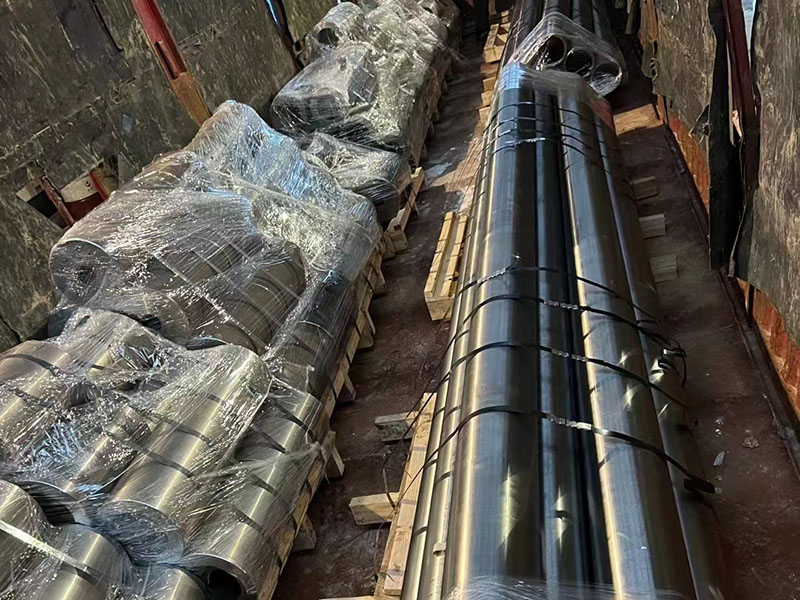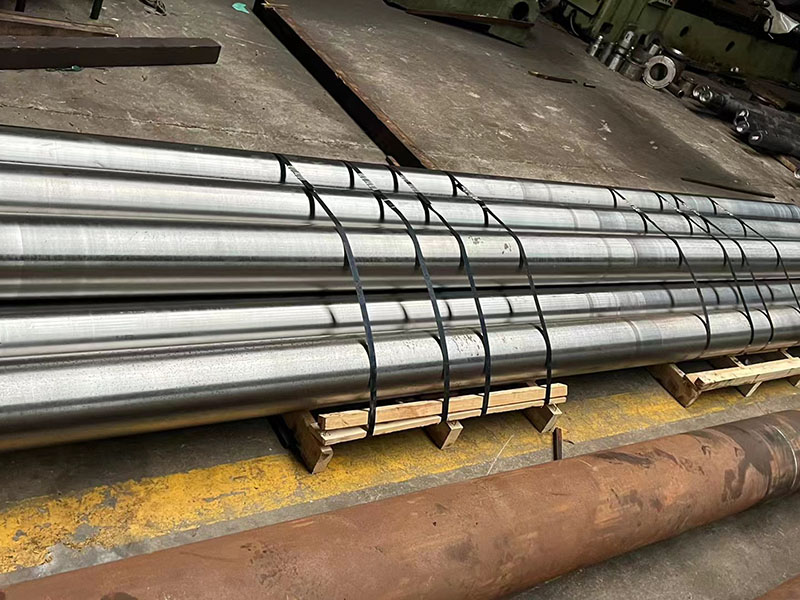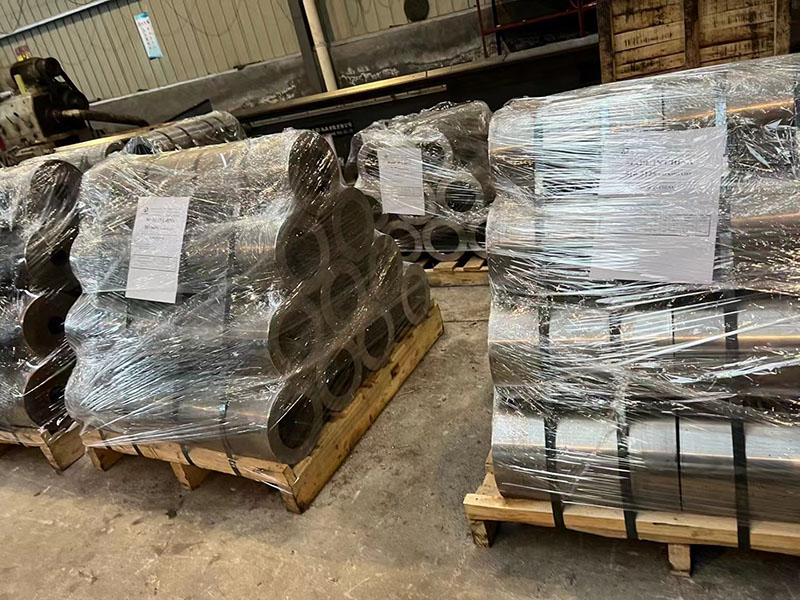ASTM A1045 Structural Steel Pipe is generally applicable to the material of seamless steel pipe. Seamless steel pipe is divided into GB8162 and GB8163, which are two commonly used standards in China. However, ASTM A1045 Structural Steel Pipe has only GB8162, which is a commonly used material for machining.
ASTM A1045 steel pipe is a commonly used medium carbon quenched and tempered steel pipe with good comprehensive mechanical properties, low hardenability and easy to crack during water quenching. Small parts should be quenched and tempered, and large parts should be normalized, mainly used to manufacture high strength moving parts, such as turbine impeller and compressor piston. Shaft, gear, rack, worm, etc.
ASTM1045 carbon steel pipe contains about 0.45% carbon, a small amount of manganese, silicon, etc., and a low sulfur and phosphorus content of high-quality carbon structural steel pipe.
Heat treatment temperature: normalizing 850, quenching 840, tempering 600. ASTM1045 steel is a high-quality carbon structural steel with low hardness and is easy to cut. The mold is often used as templates, pins, guide pillars, etc., but it must be heat treated. 1. ASTM1045 steel is qualified if its hardness is greater than HRC55 (up to HRC62) after quenching and before tempering. The highest hardness in practical application is HRC55 (high-frequency quenching HRC58). 2. The heat treatment process of carburizing and quenching shall not be used for ASTM1045 steel. The quenched and tempered parts have good comprehensive mechanical properties and are widely used in various important structural parts, especially those connecting rods, bolts, gears and shafts working under alternating loads. However, the surface hardness is low and it is not wear-resistant. The surface hardness of parts can be improved by quenching and tempering+surface quenching. Carburizing treatment is generally used for heavy load parts with surface abrasion resistance and core impact resistance, and its abrasion resistance is higher than that of quenching and tempering+surface quenching. Its surface carbon content is 0.8-1.2%, and its core is generally 0.1-0.25% (0.35% in special cases). After heat treatment, the surface can obtain very high hardness (HRC58-62), and the core has low hardness and impact resistance. If ASTM1045 steel is used for carburizing, hard and brittle martensite will appear in the core after quenching, losing the advantages of carburizing treatment. At present, the carbon content of materials adopting carburizing process is not high, and the core strength can reach very high by 0.30%, which is rare in application. 0.35% have never seen any examples, and only introduced them in textbooks. The process of quenching and tempering+high-frequency surface quenching can be used, and the wear resistance is slightly worse than that of carburizing. The recommended heat treatment system for 45 steel specified in GB/T699-1999 standard is 850 ℃ normalizing, 840 ℃ quenching and 600 ℃ tempering. The properties achieved are that the yield strength is ≥ 355MPa. The tensile strength of 45 steel specified in GB/T699-1999 standard is 600MPa, the yield strength is 355MPa, the elongation is 16%, the reduction of area is 40%, and the impact energy is 39J.



Post time: Sep-24-2022